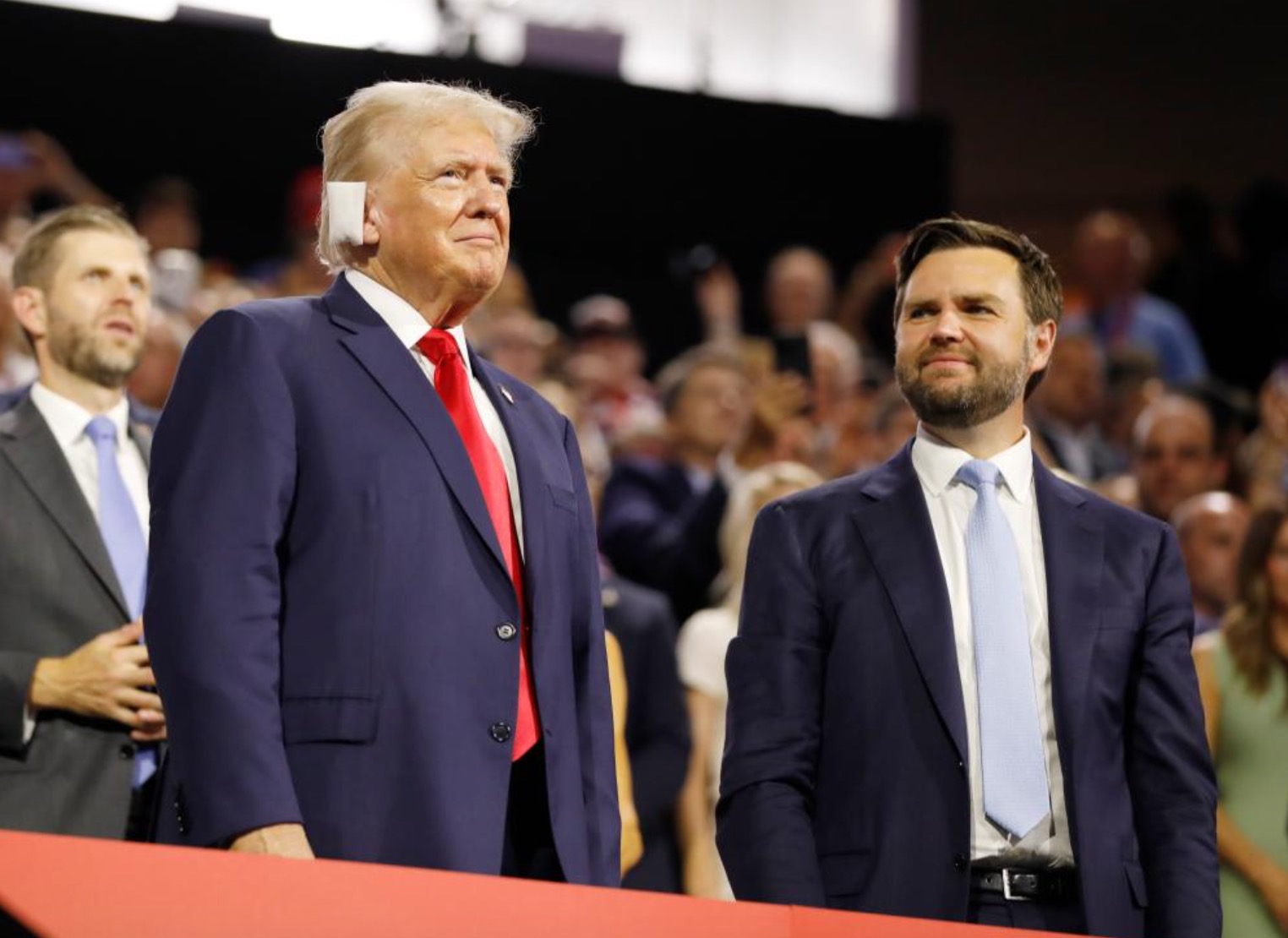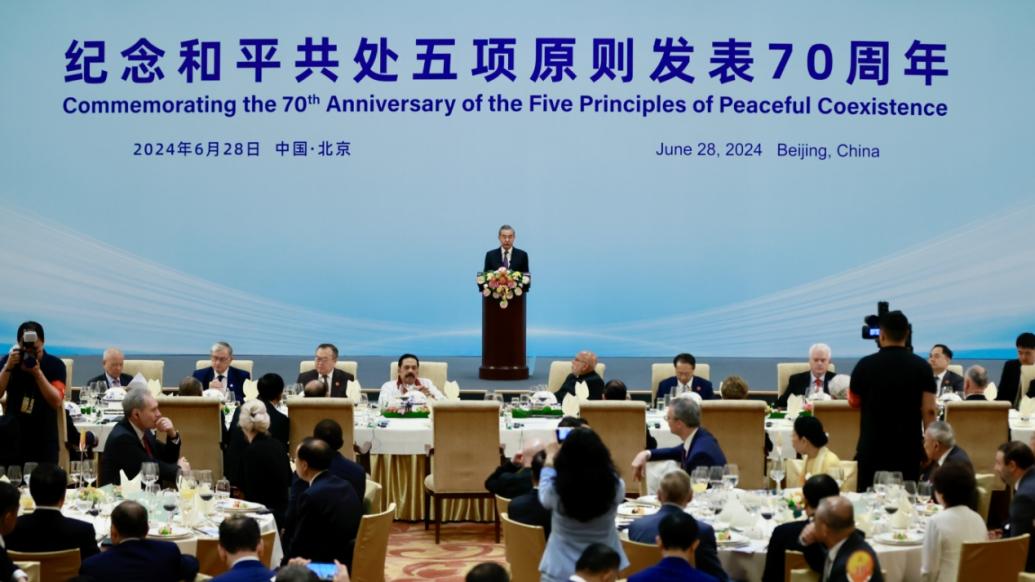
By Alvin Cheng-Hin Lim
Globalization and De-Globalization: The Global Trade in Fragmentation
The global trading system is currently grappling with significant challenges brought about by a multitude of transformations. These include economic competition, geopolitical divisions, security concerns, and aggressive unilateral actions under the umbrella of technology. The question at hand is the state of globalization, and whether it is in retreat.
There is no consensus on the concept of "de-globalization." On one side, we observe a deceleration in international economic integration, a cornerstone of the globalization process and economic expansion, since the Global Financial Crisis (GFC). This slowdown has led to a decrease in international trade, a stagnation in the growth of global value chains (GVCs), a reduction in international capital flows, and investment restrictions. However, on the flip side, we see a surge in international immigration and data flows, along with an increase in digitalization. Globalization is not extinct, but it is exhibiting signs of fragmentation. The key question is: how do we rejuvenate the lost vigor of the global economy? The answer lies in comprehensive reforms in several regimes, including the global trade system—a matter acknowledged by G20 Trade and Investment Ministers.
Regional distinctions within the global trading order are apparent between the G7 and BRICS nations. At the 2023 BRICS Summit, leaders discussed trade fragmentation, expressed concern about the World Trade Organization's (WTO) inconsistent and discriminatory measures, and resolved to challenge the dollar's dominance in international trade.
Contrastingly, at the 2020 summit in Germany, the G7 emphasized "international cooperation within the G7 and with like-minded partners." This sentiment indicates a G7 preference for collaborating with "like-minded clubs" over reforming postwar multilateral institutions. US National Security Advisor Sullivan describes the G7 as "the steering committee of the free world." These discrepancies, often attributed to shifts in global power and competition, are posing challenges to the trade system.
The primary challenge lies in the cross-cutting issues of development models and levels among countries. Many emerging economies are experiencing rapid growth, but face accusations of not adhering to international rules. This is evident in how China, considered a non-market economy, presents competition to conventional models. Another key issue is regulatory divergence, with the WTO's rules failing to cover all national regulations across different sectors. These variations can significantly impact trade, particularly regarding subsidies, labor standards, and environmental regulations.
G20 members have adopted several strategies to address these developments and fragmentations. The initial response is to turn to the WTO and have disputes settled there. The WTO's dispute settlement system, once seen as the crown jewel, has increasingly become a source of concern due to its judicial nature. The U.S. and other key actors have blockaded the appellate body and paralyzed the system for their domestic interests, resulting in the WTO only addressing a limited portion of conflicting issues.
A notable strategy in response to the shifting dynamics of global trade is the rise of regional trade agreements (RTAs). These agreements are predicted to cover two-thirds of global trade in the coming years and address many WTO-related issues. As half of international trade, finance, investments, information, and people flow within regions, RTAs might replace or at least diminish the centrality of the WTO. However, caution must be exercised to prevent larger powers from creating competing regional trading blocs. The challenge is to make these agreements multilateral rather than letting them develop into rival blocs.
Unilateralism, which sometimes manifests as uninformed protectionism, is the third response to the shifting dynamics of globalization. An increase in measures taken by individual countries to protect their industries and discourage trading partners has been observed, including tariffs, export restrictions, subsidies, and national security measures. However, such aggressive unilateralism could diverge trade and investment, undermining globalization rules. Unilateral actions should not be detrimental to others. A more cooperative approach is needed globally.
Global Trade Alert has tracked national trade policies and categorized them based on whether they facilitate or inhibit international trade. The proportion of trade-facilitating measures in 2016 was 33 percent, with 805 new trade-facilitating policies compared to 1,627 new trade-inhibiting policies. This figure dropped to a record low of 22 percent in 2019, with 449 new trade-facilitating policies compared to 1,639 new trade-inhibiting policies. Additionally, 2020 saw the introduction of the most trade-inhibiting policies, with 2,608 new policies being enforced.




























Leave a Reply
Your email address will not be published. Required fields are marked *